Rajan Bijlani opens his Primrose Hill home for ‘Electric Kiln’
In his London home – once the studio of ceramicist Emmanuel Cooper – Rajan Bijlani stages ‘Electric Kiln’, uniting Frank Auerbach, Lucie Rie and Cooper in an intimate reflection on the creative spirit of postwar London
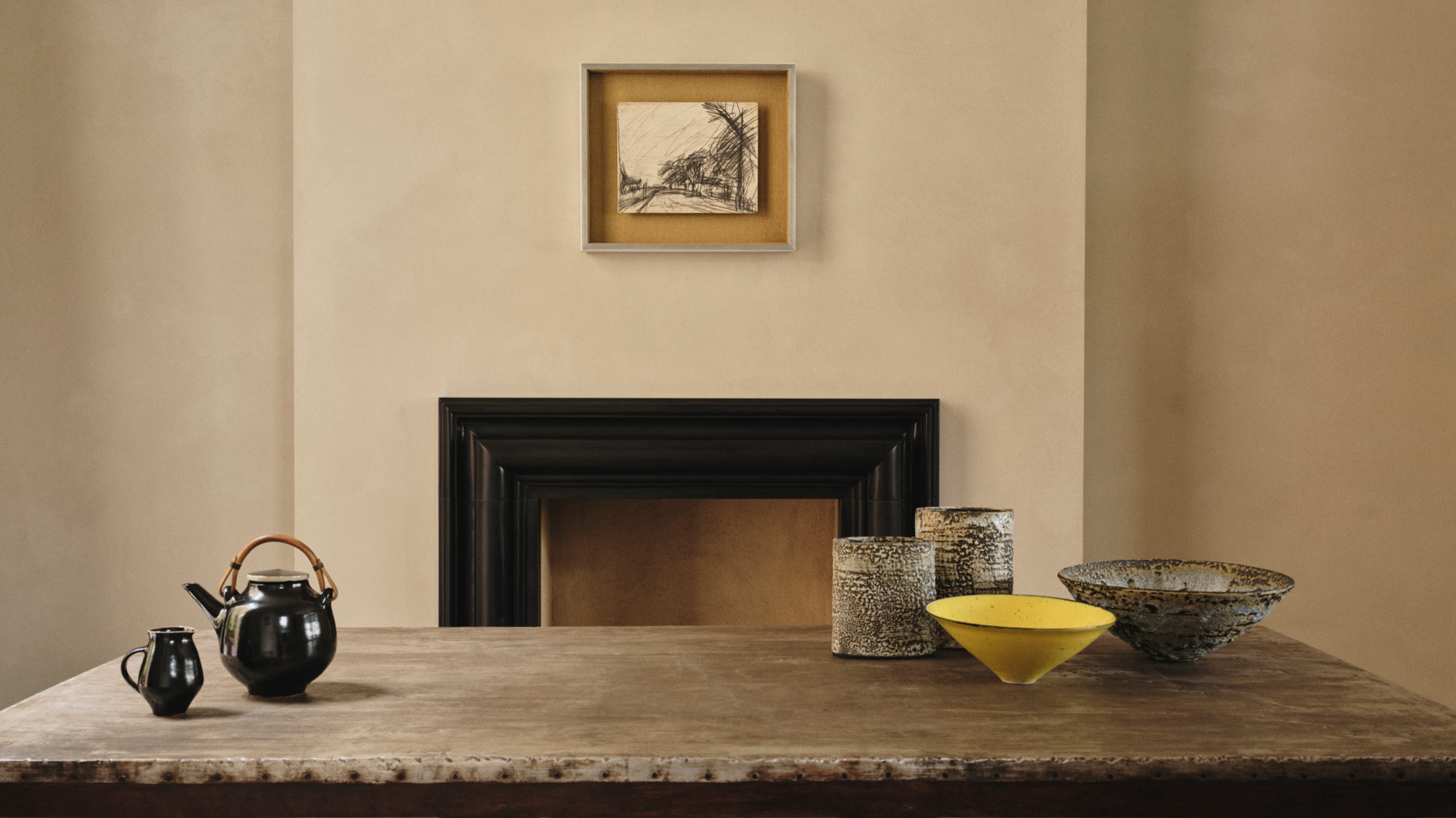
In postwar London, a generation of artists reflected on the changed landscape around them, both physical and psychological. Among them, German-British painter Frank Auerbach captured its density and disquiet in paint, while British potters Lucie Rie and Emmanuel Cooper channelled its resilience through clay – transforming raw material into expressions of touch, imperfection and renewal.
'Each of them represents a very grounded, tactile form of modernism, deeply tied to this part of London,' says collector and curator Rajan Bijlani, who brings their work together for ‘Electric Kiln’ (10 October – 16 November 2025), staged at his Primrose Hill home, which also happens to be the former studio of Emmanuel Cooper.
‘There's a shared resilience in their work that speaks to the post-war city – its rebuilding and layers of lived experience. Auerbach’s connection to this area, Primrose Hill, felt like the perfect point of departure for the exhibition. One of his renowned works, “Christmas Tree at Mornington Crescent”, is included in the show, and you can actually see Mornington Crescent right from the first-floor window, which brings the work’s geography full circle.'
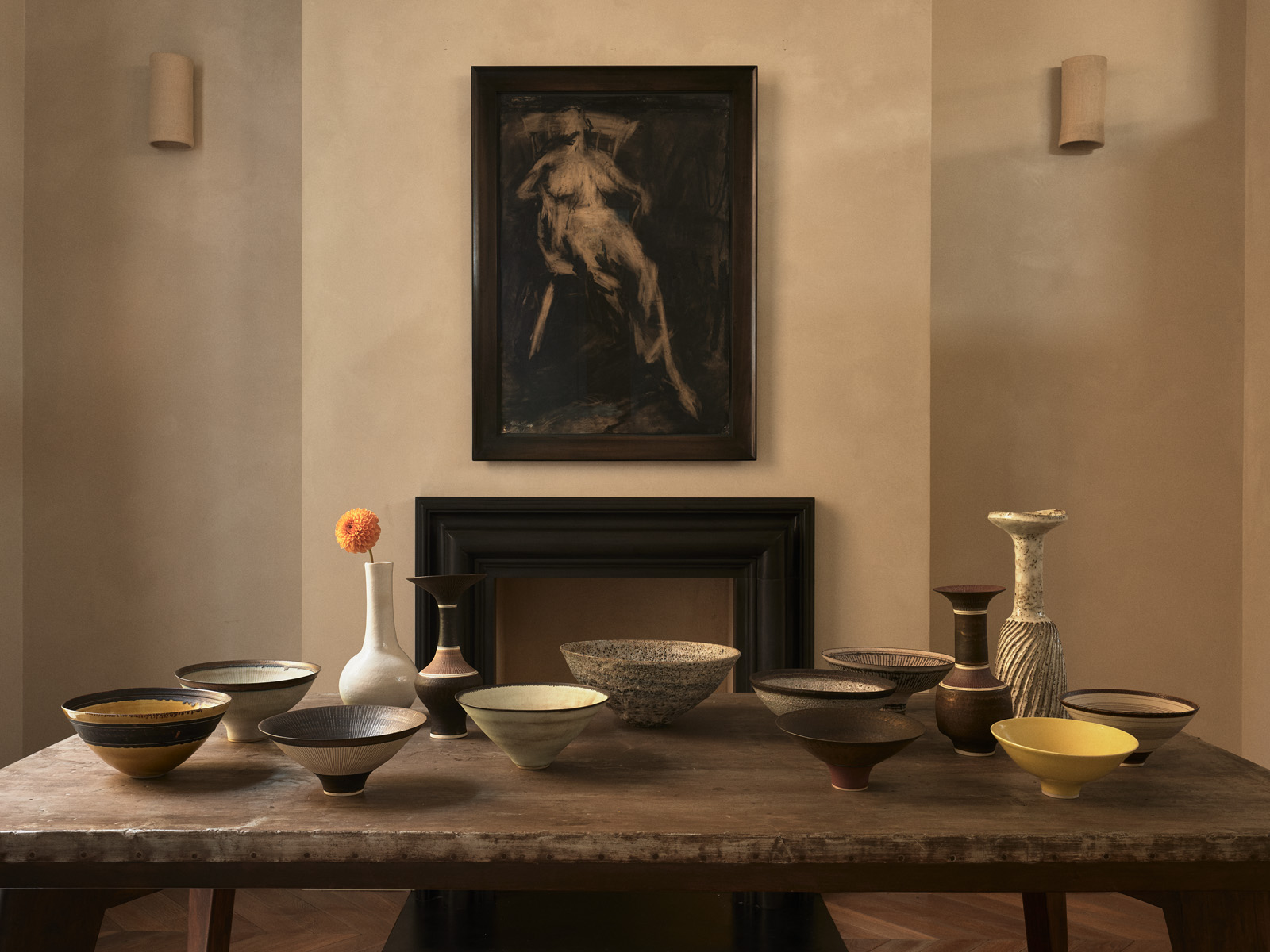
Following last year’s ‘Syncretic Voices’, Bijlani once again opens the doors of his home, Fonthill Pottery, to the public, transforming the domestic setting into a meditation on material, memory and metamorphosis. This lived-in exhibition format – increasingly favoured by art and design collectors – is a deliberate move away from more traditional white-cube gallery spaces.
'For me, the beauty of having a space like this is in sharing it,' he says of opening his own private space to the public. 'I've always believed that homes should be lived in, not preserved. When I first bought the house, which was once Emmanuel Cooper’s studio, I felt a responsibility to continue its creativity. Hosting exhibitions here feels like a natural extension of that lineage, and of this area's artistic history.'
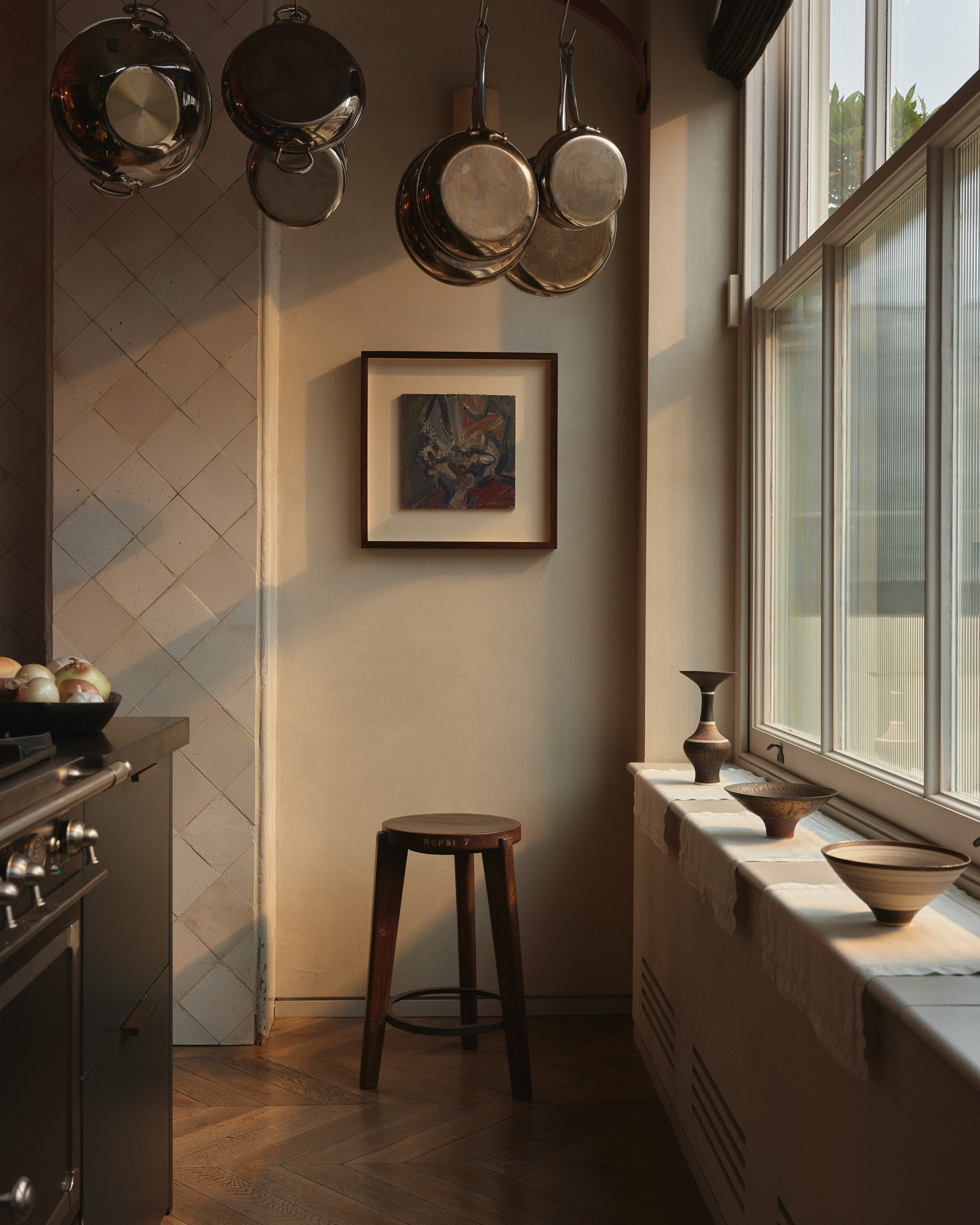
Spread across three floors, the show places Auerbach's impasto canvases and charcoals in conversation with Rie and Cooper's ceramics, offset by modernist furniture by Pierre Jeanneret and Le Corbusier (the pair’s Chandigarh furniture is a particular passion for the collector). 'With Emmanuel and Lucie, there’s both a historic and local connection: Emmanuel wrote Lucie’s biography, they both worked with the electric kiln, and spent time in this area,' Bijlani reflects.
‘Each, in their own way, transformed craft into something profoundly modern, rooted in touch, imperfection, and in the physical and emotional landscape of London itself’
Rajan Bijlani
'Bringing their work back into this space felt symbolically fitting. I’m drawn to the materiality of their work, Emmanuel’s heat, colour, and pitted glazes; Lucie’s refinement, her sgraffito lines, and the thinness and elegance of her vessels. Each, in their own way, transformed craft into something profoundly modern, rooted in touch, imperfection, and in the physical and emotional landscape of London itself.'
Receive our daily digest of inspiration, escapism and design stories from around the world direct to your inbox.
Experiencing the work while moving through the house in the same low autumn light that Rie and Cooper once worked in creates a sense of intimacy – as if being allowed behind the scenes to encounter the pieces as they might exist in daily life, while reflecting on how the artists drew inspiration from, and in turn helped shape, the character of the city around them.
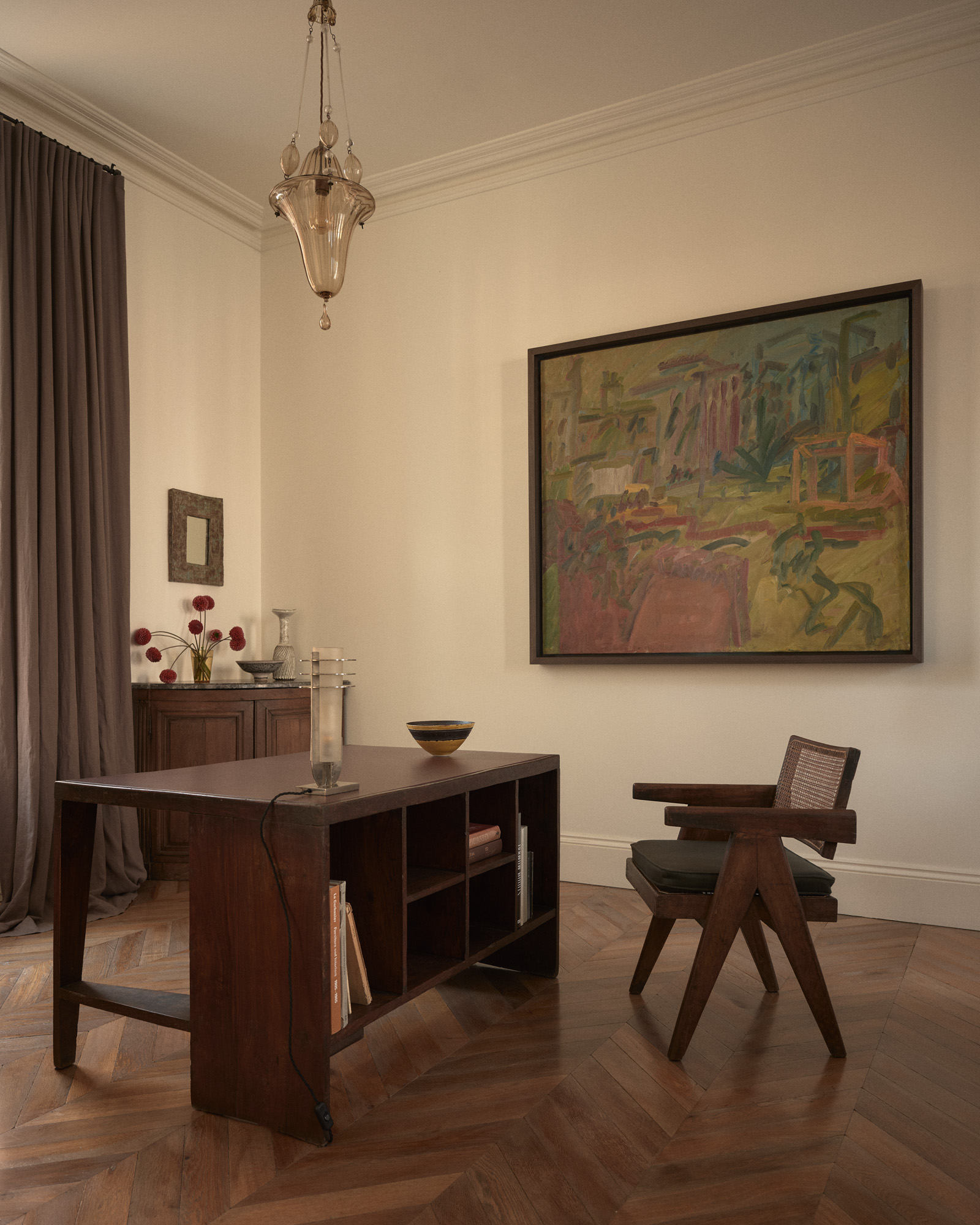
That atmosphere finds its most potent expression on the lower ground floor. 'The space embraces darkness rather than fighting it,' Bijlani says. 'With the concrete floor and warmth of the timbers, it makes for a contemplative setting where the works can take centre stage. Seeing Auerbach's paintings alongside Emmanuel's ceramics and the Chandigarh furniture in this room feels particularly powerful. They speak to each other through texture, each piece grounded in material and process. There’s a sense that the house itself is part of the exhibition, holding these works in conversation with its own layered history and with the spirit of north London that connects them all.'
‘Electric Kiln’ is open by appointment only from 15 October - 16 November 2025; to request a viewing, please contact hello@rajanbijlani.com
Also read: These are the design exhibitions to see in London during Frieze Week
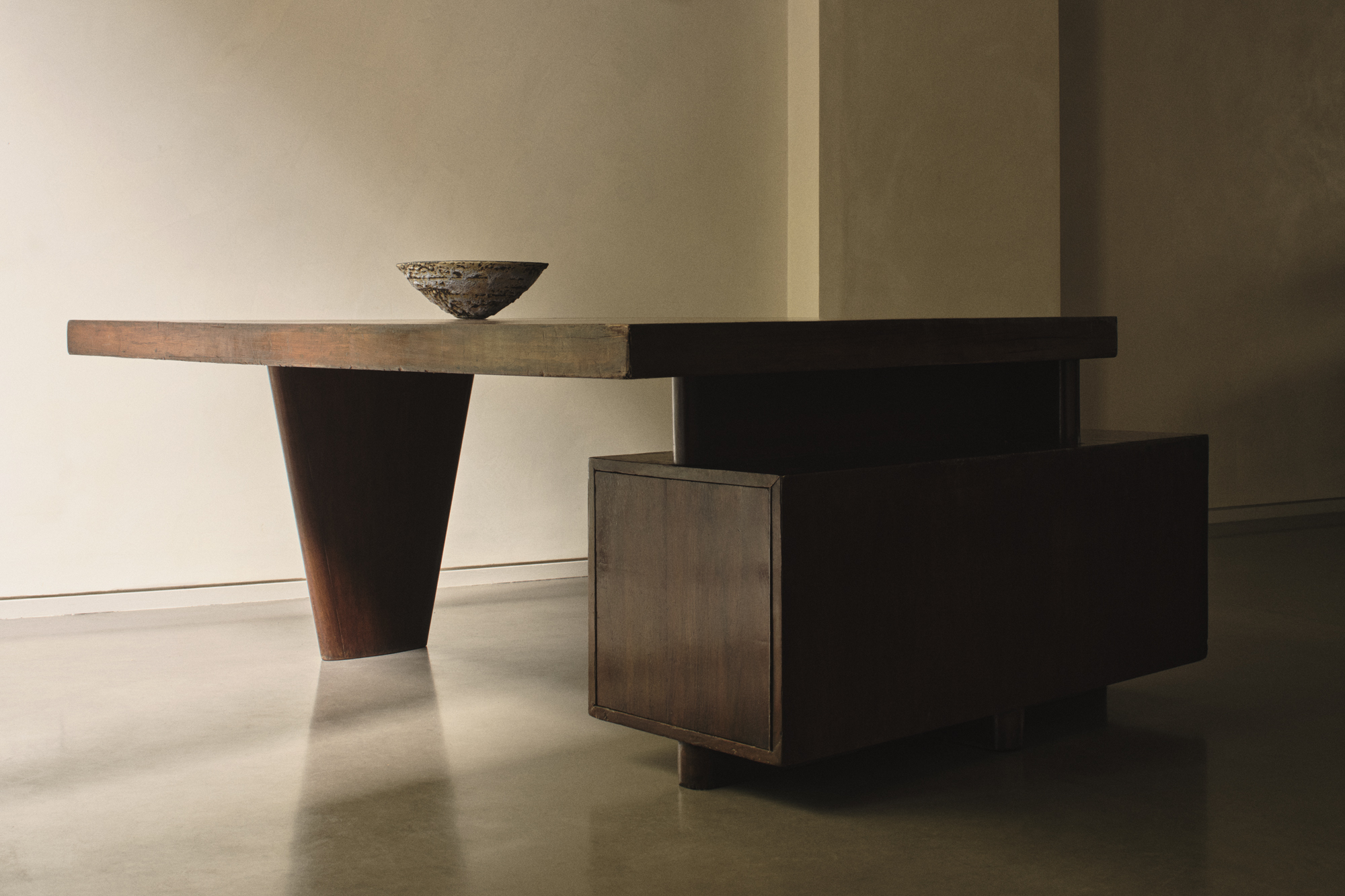
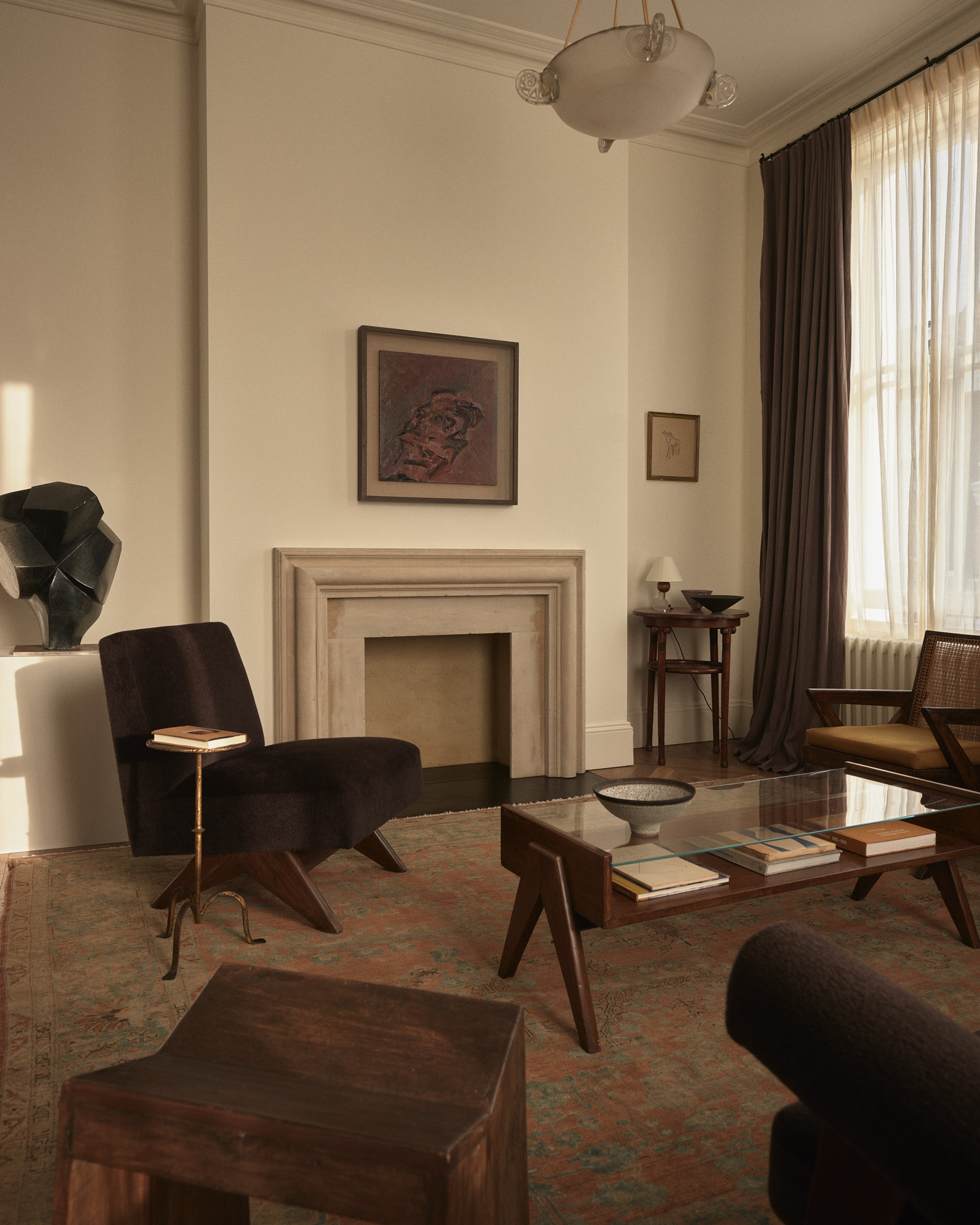
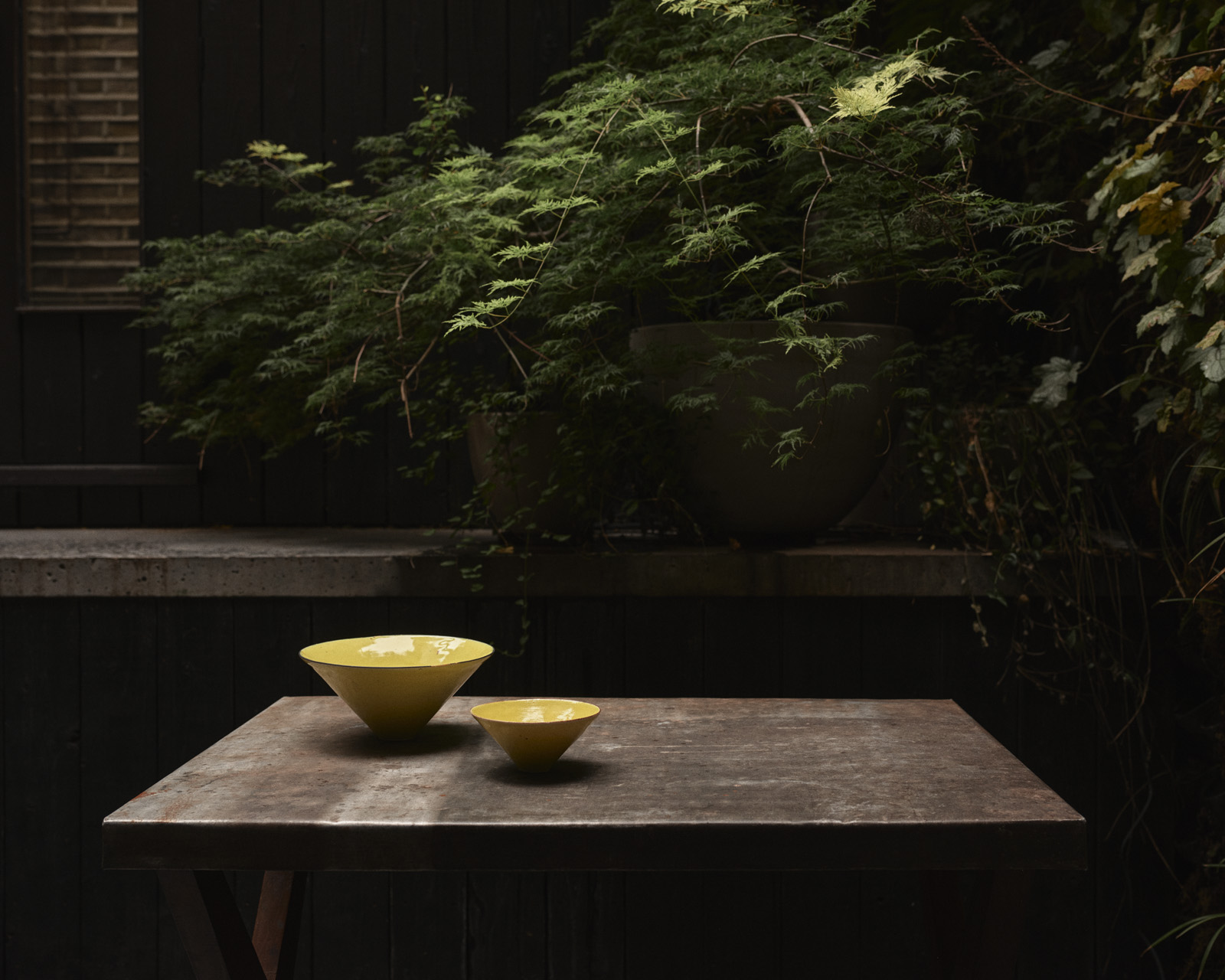
Ali Morris is a UK-based editor, writer and creative consultant specialising in design, interiors and architecture. In her 16 years as a design writer, Ali has travelled the world, crafting articles about creative projects, products, places and people for titles such as Dezeen, Wallpaper* and Kinfolk.
-
 David Kohn’s first book, ‘Stages’, is unpredictable, experimental and informative
David Kohn’s first book, ‘Stages’, is unpredictable, experimental and informativeThe first book on David Kohn Architects focuses on the work of the award-winning London-based practice; ‘Stages’ is an innovative monograph in 12 parts
-
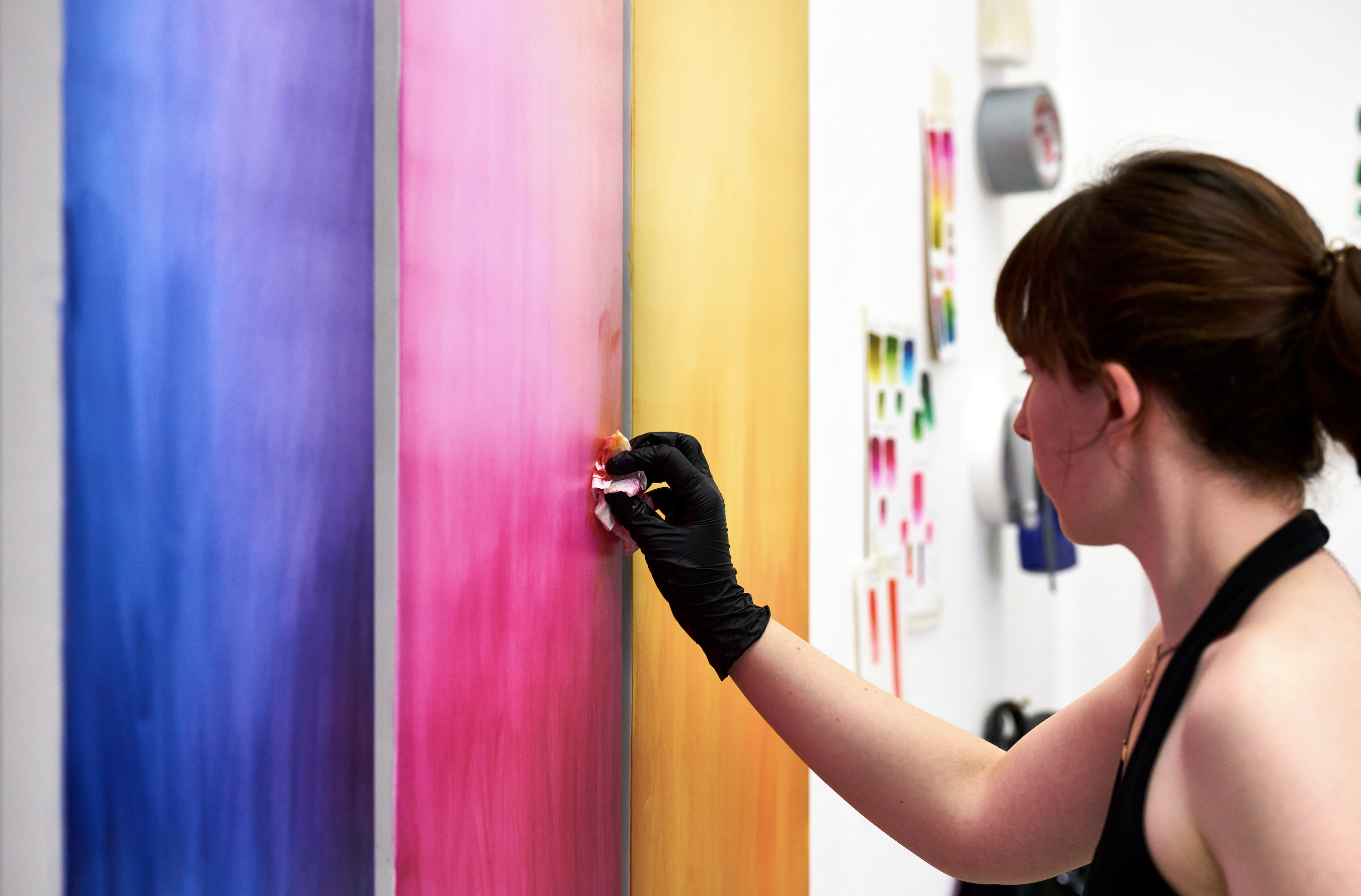 Jaguar spotlights five emerging artists in its inaugural Arts Awards
Jaguar spotlights five emerging artists in its inaugural Arts AwardsThe new Jaguar Arts Awards in partnership with London’s Royal College of Art embody a shared drive to nurture new talent; meet the 2025 winners
-
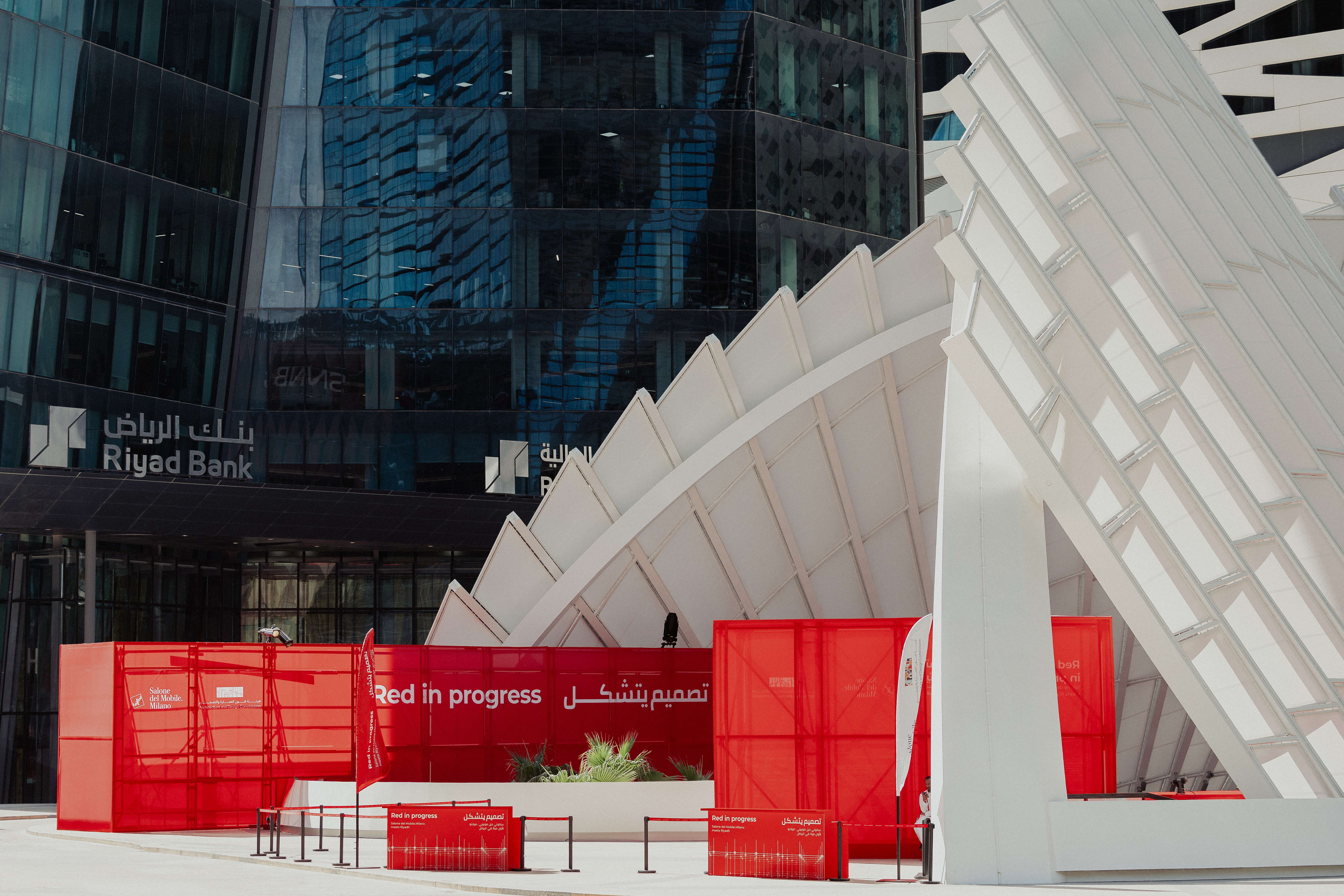 ‘Locally anchored and globally conversant’: Salone del Mobile debuts in Saudi Arabia
‘Locally anchored and globally conversant’: Salone del Mobile debuts in Saudi ArabiaSalone del Mobile lands in Riyadh (26-28 November 2025), bringing its creative and manufacturing know-how to one of the world’s fastest-growing markets and setting the stage for Italo-Saudi design relations
-
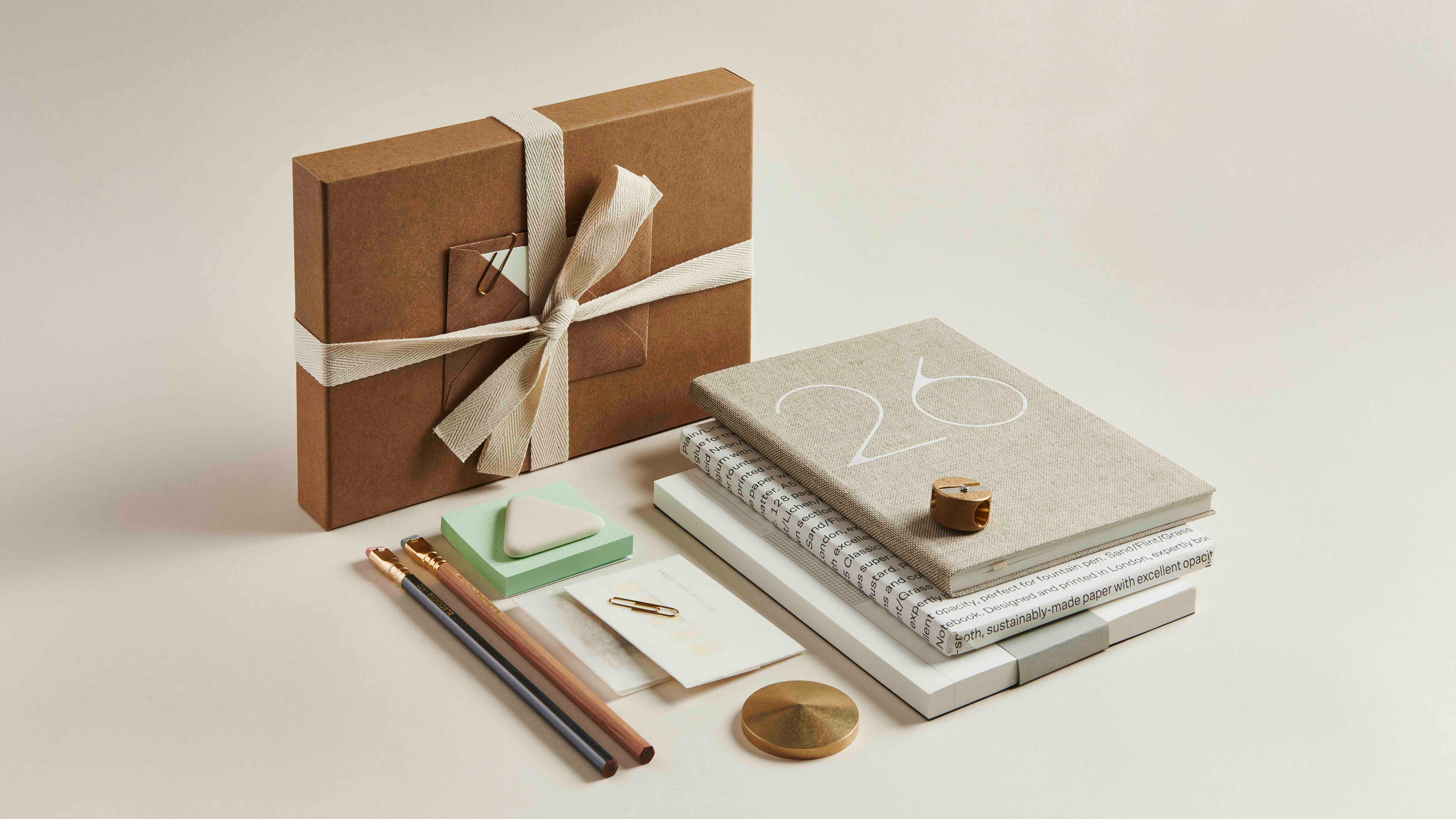 Mark+Fold turns ten with first Shoreditch pop-up
Mark+Fold turns ten with first Shoreditch pop-upBritish stationery brand Mark+Fold celebrates ten years in business with a Brick Lane pop-up featuring new products, small-batch editions and conversations with creatives
-
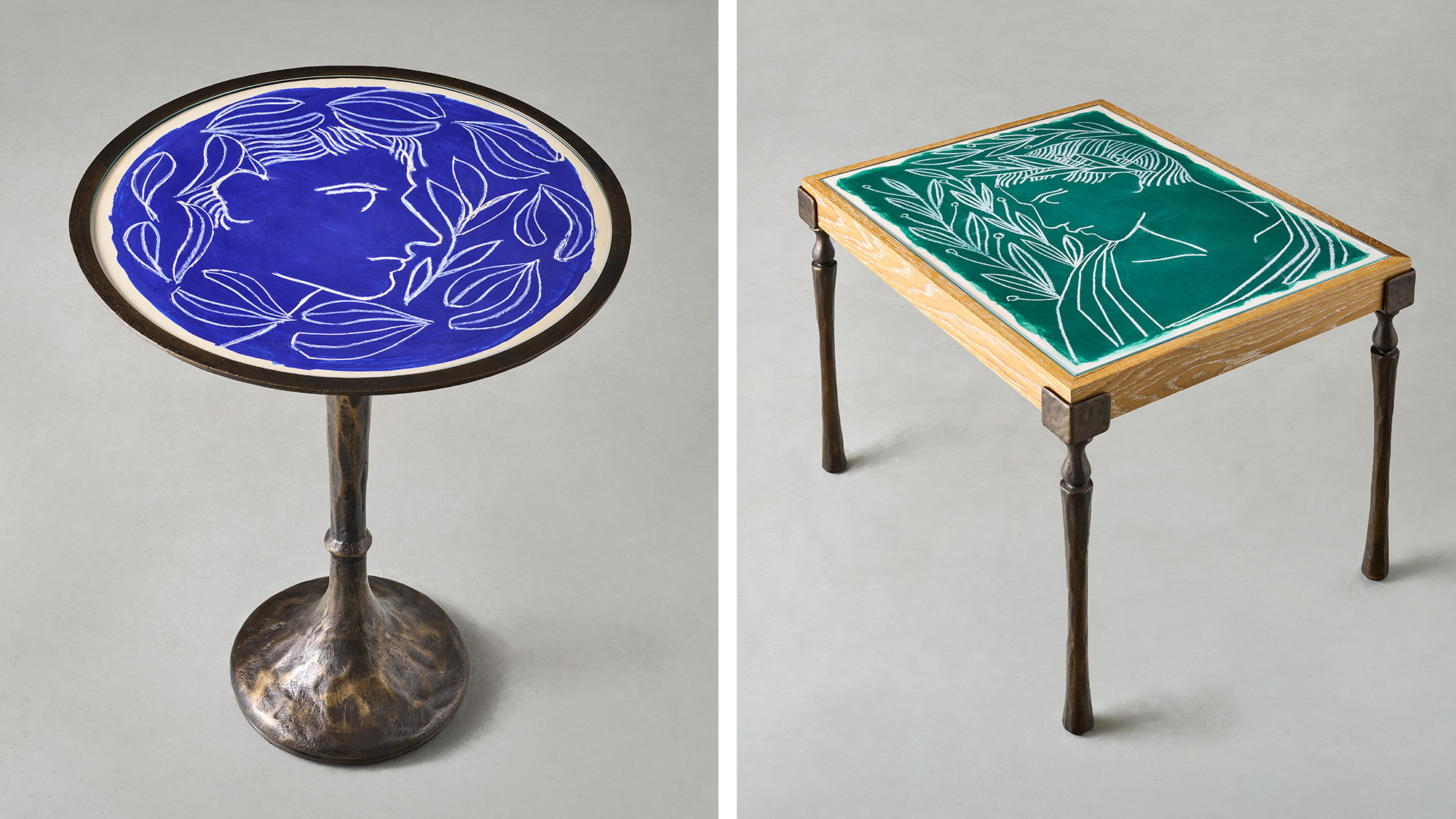 Francis Sultana and Roberto Ruspoli’s Greco-Roman-inspired furniture feels fresh and contemporary
Francis Sultana and Roberto Ruspoli’s Greco-Roman-inspired furniture feels fresh and contemporaryA new collection, launching at David Gill Gallery in London, presents furniture and decorative pieces inspired by Mediterranean villas, French art and Etruscan engraving
-
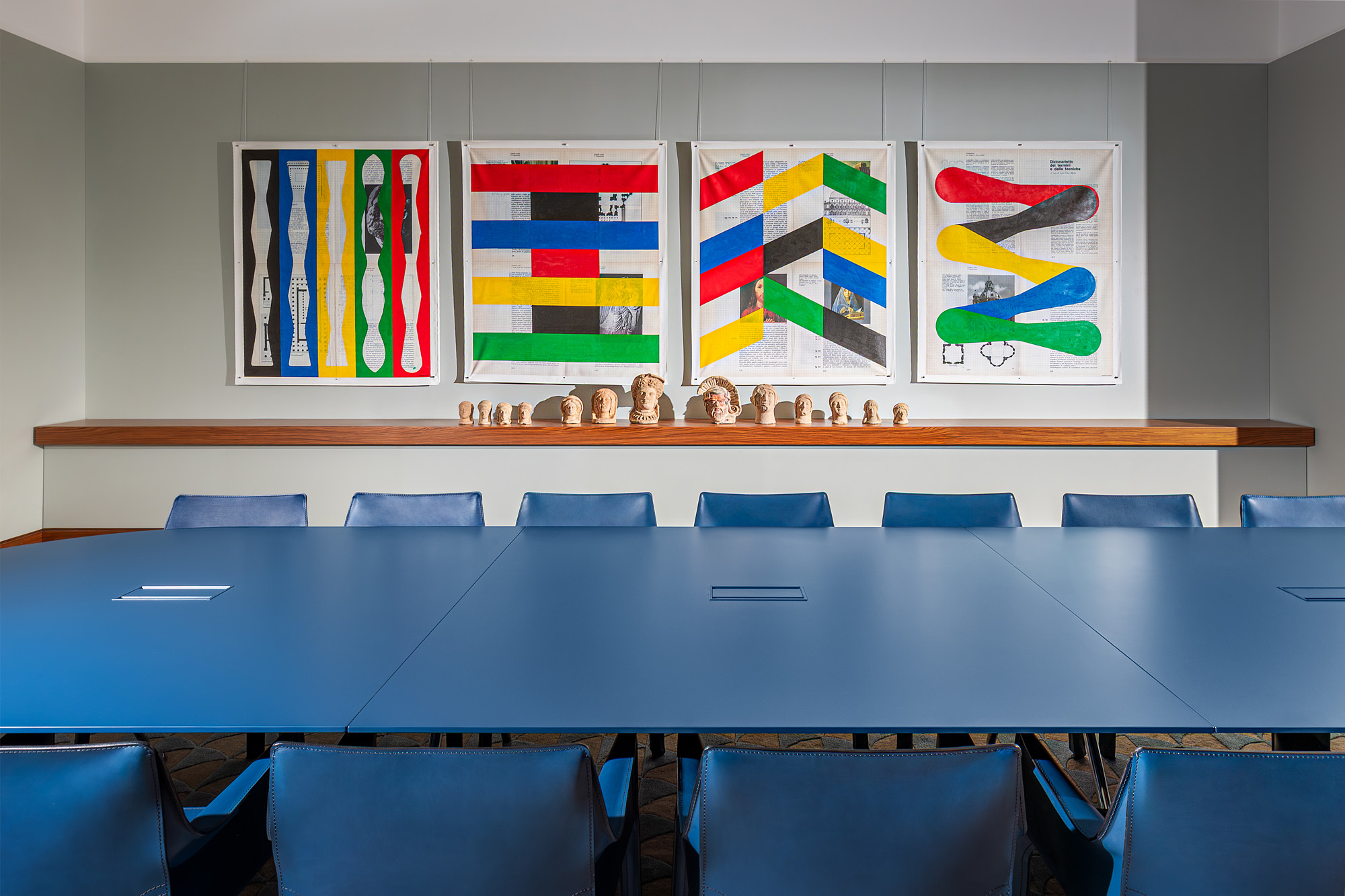 The new office of the Italian embassy in London is a love letter to the country’s creativity
The new office of the Italian embassy in London is a love letter to the country’s creativityWallpaper* takes a peek inside Casa Italia, the new Italian embassy in London, designed by our long-time collaborator Nick Vinson
-
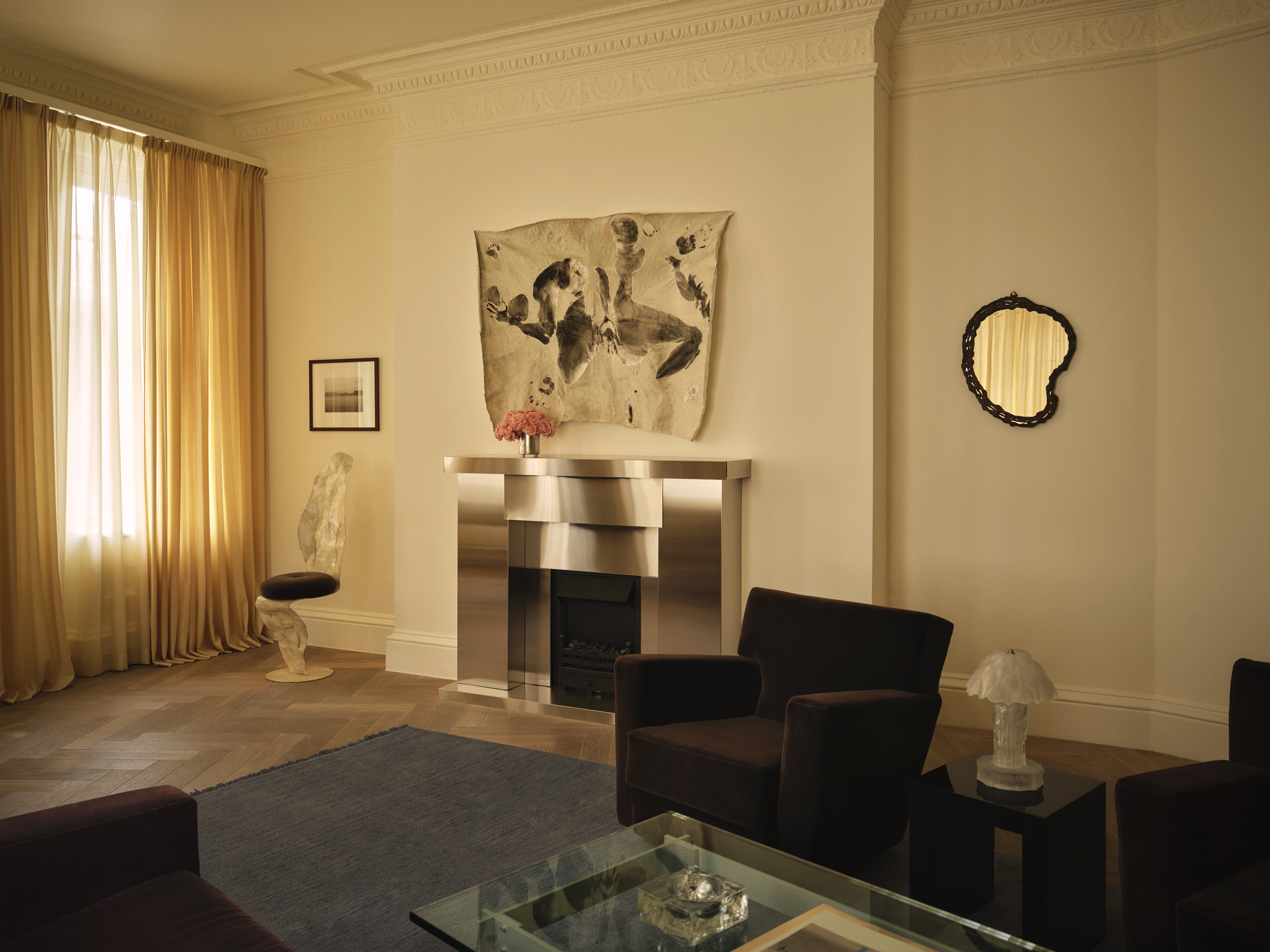 Nordic Knots arrives in London with a stylish pied-à-terre in Mayfair
Nordic Knots arrives in London with a stylish pied-à-terre in Mayfair‘Design has always been about creating a feeling’: Nordic Knots brings its vision of home to Mayfair
-
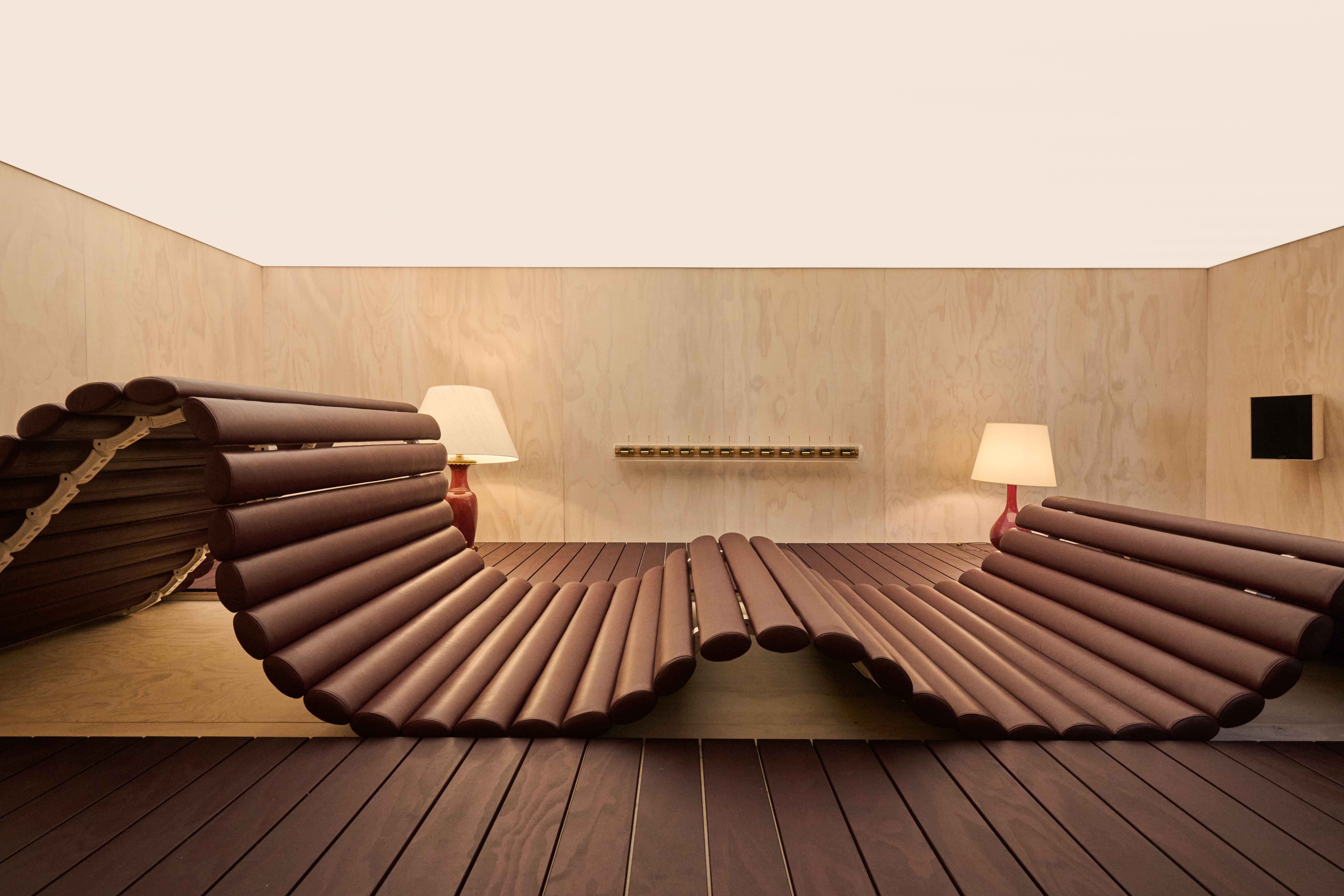 Best of Design Miami Paris 2025: animal sculptures and musical ping-pong tables
Best of Design Miami Paris 2025: animal sculptures and musical ping-pong tablesDesign Miami Paris returns to the Hôtel de Maisons (until 26 October 2025): here are the Wallpaper* highlights
-
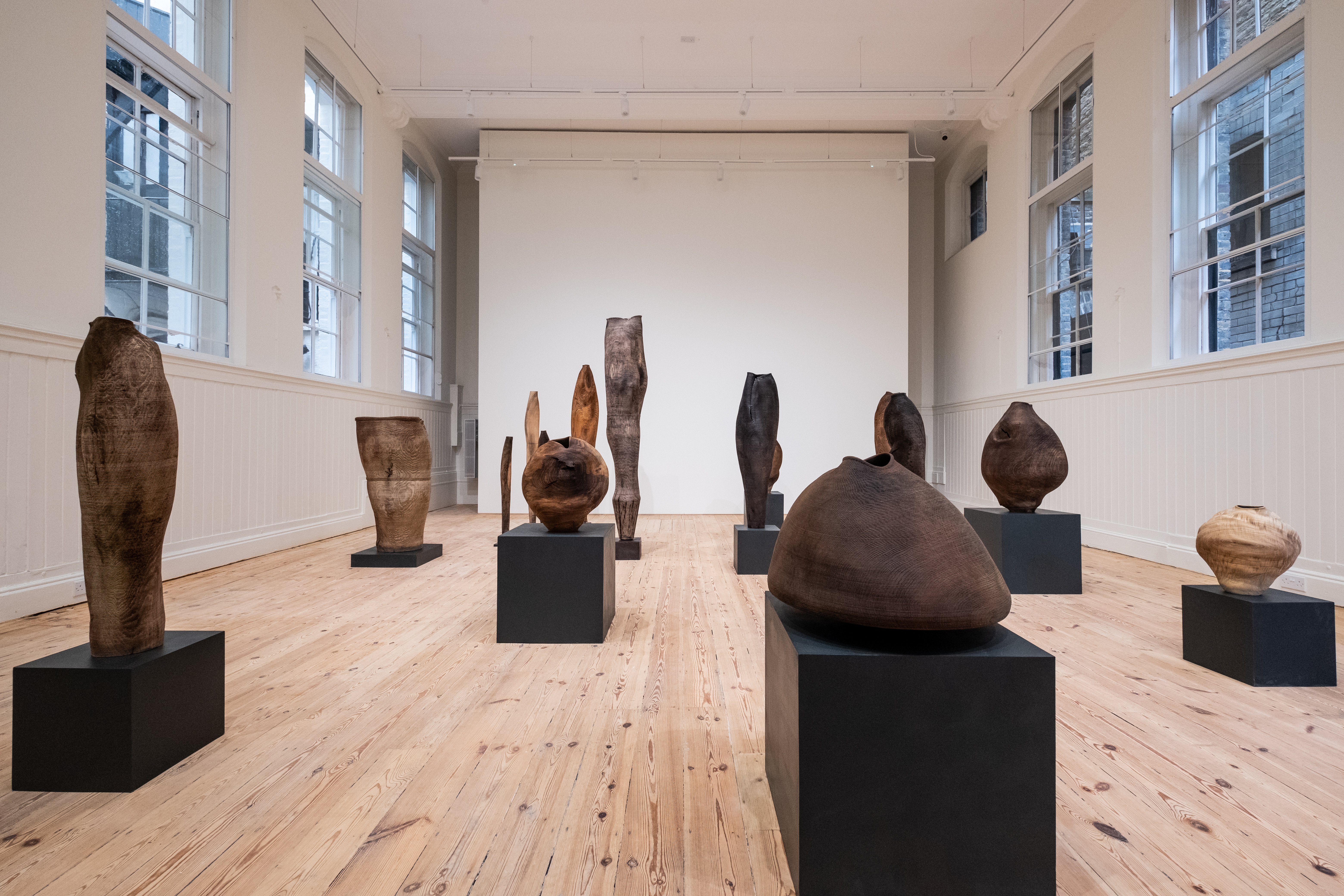 A once-abandoned Mayfair schoolhouse is set to become London's ultimate destination for crafted arts
A once-abandoned Mayfair schoolhouse is set to become London's ultimate destination for crafted artsGallerist Sarah Myerscough opens a new permanent location, which will serve as a space to celebrate and foster craftsmanship in the city
-
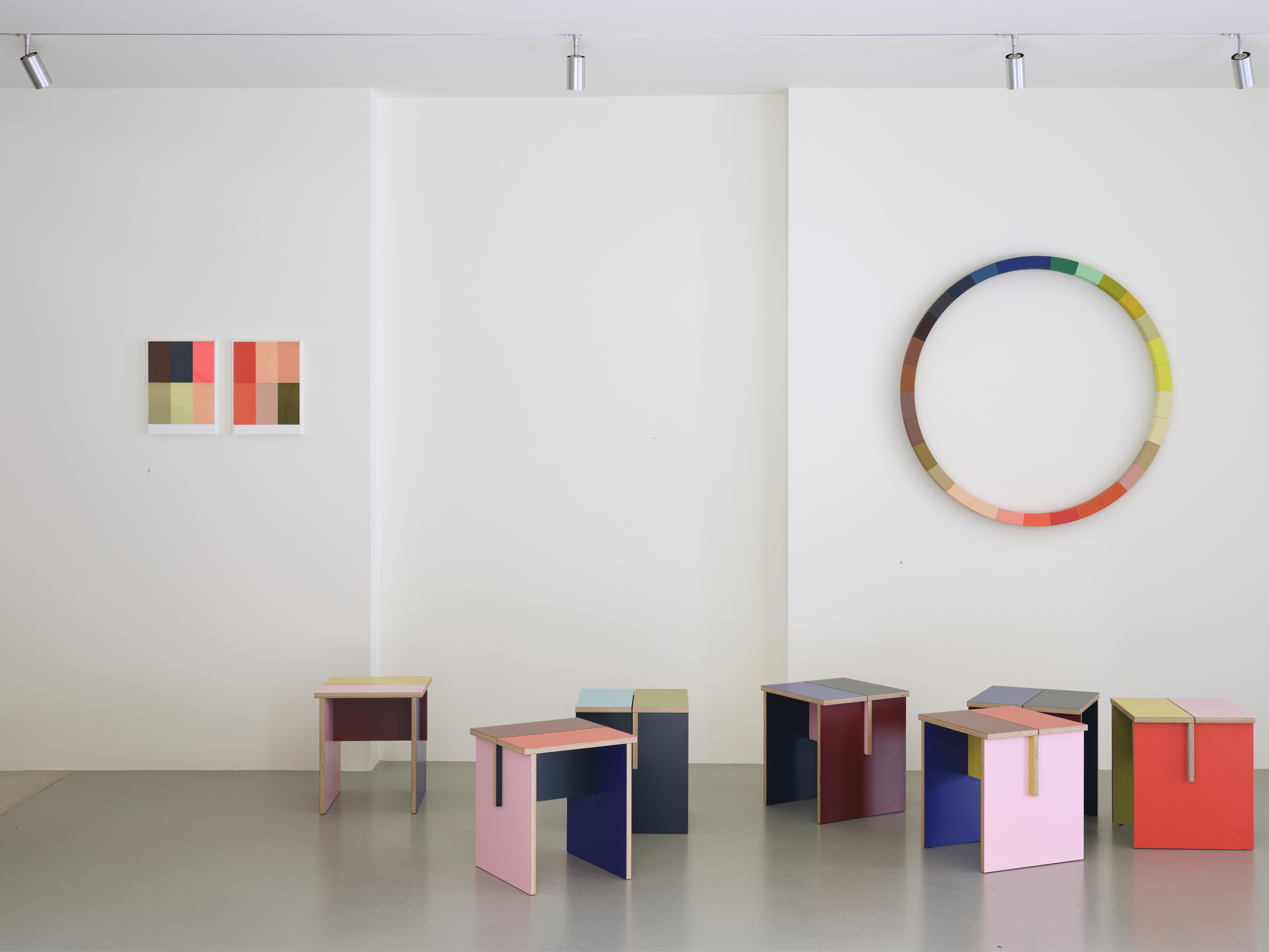 Sophie Smallhorn’s plywood tables for Uncommon Projects are colourful and modular
Sophie Smallhorn’s plywood tables for Uncommon Projects are colourful and modularThese modular tables by the artist and the plywood specialist play with colour for function, fun and flexibility
-
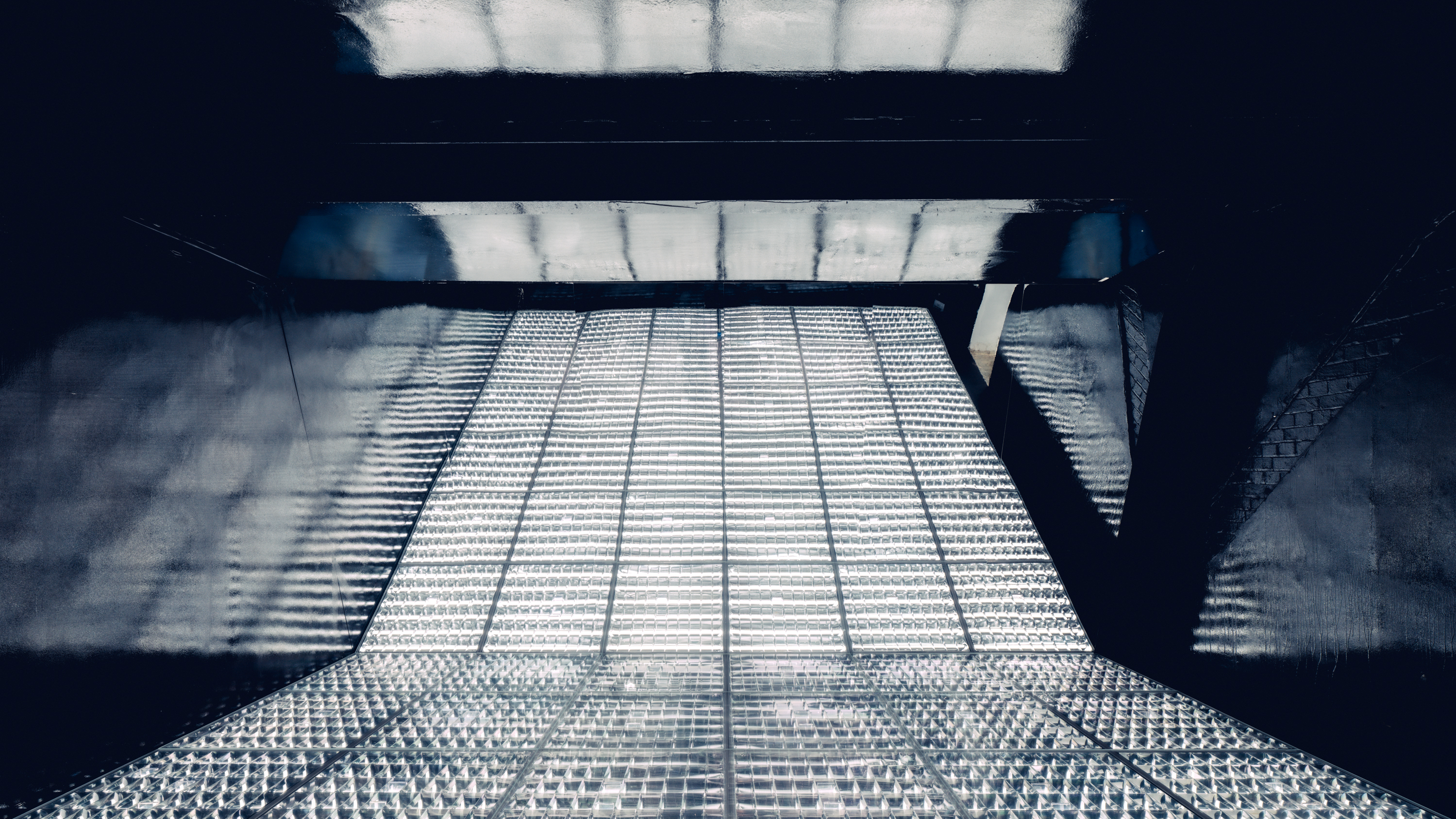 Alexandre de Betak on getting lost to find himself in London
Alexandre de Betak on getting lost to find himself in LondonAs the world-renowned artistic director opens his first personal studio in London during Frieze Week, Alexandre de Betak reflects on leaving the fashion runway behind to explore light, space and creative freedom